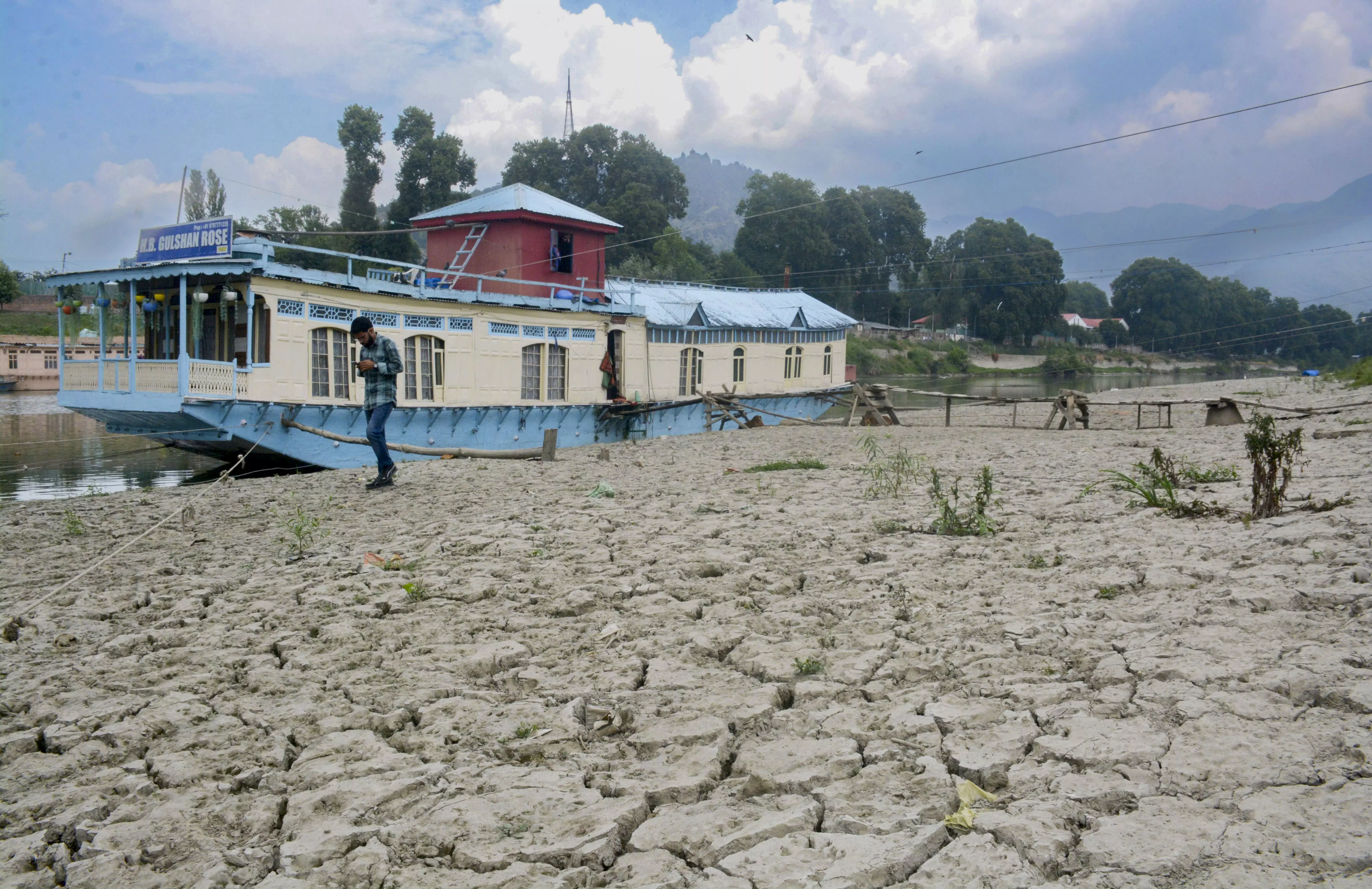AA Edit | Climate Twist: Heatwave in J&K
On July 5, 2025, Srinagar recorded a staggering 37.4°C, making it the hottest day there in July in over 70 years

The Kashmir Valley, which is long regarded as a summer refuge for Indians with its cool mountain air and verdant slopes, is facing a new reality, higher temperatures, which nobody could have expected a few decades ago.
On July 5, 2025, Srinagar recorded a staggering 37.4°C, making it the hottest day there in July in over 70 years. On the same day, Jammu recorded 32.40°C, which is five degrees Celsius cooler than Srinagar. However, this is not an anomaly limited only to Jammu and Kashmir. It is a part of a deeply troubling trend — called heat dome — which could be seen across northern India. The anticyclonic conditions in much of India made June a rainless month.
Contrary to the dry weather pattern witnessed in June, the summer month of May had seen a good amount of rainfall because of the early onset of the southwest monsoon. The rainfall in May cannot be not a routine affair because it occurred due to a combination of natural weather systems and human-induced climate change factors.
A neutral El Niño-Southern Oscillation phase and a strong Somali Jet, along with reduced snow cover in Eurasia and the Himalayas contributed to the early onset and rapid progression of the monsoon in India.
These weather anomalies — the rainfall in the summer month of May and the dry weather in the relatively wet month of June — could be linked to global climate change.
The Himalayas, Greenland and the Arctic are warming at least twice faster than the global average, resulting in melting of ice sheets. If it is not stopped, it could warm up the Atlantic Ocean and weaken the jet stream, leading to extreme weather events. While India alone cannot solve the issue of global warming, it could play its role by addressing the issues that could contribute to global warming.
